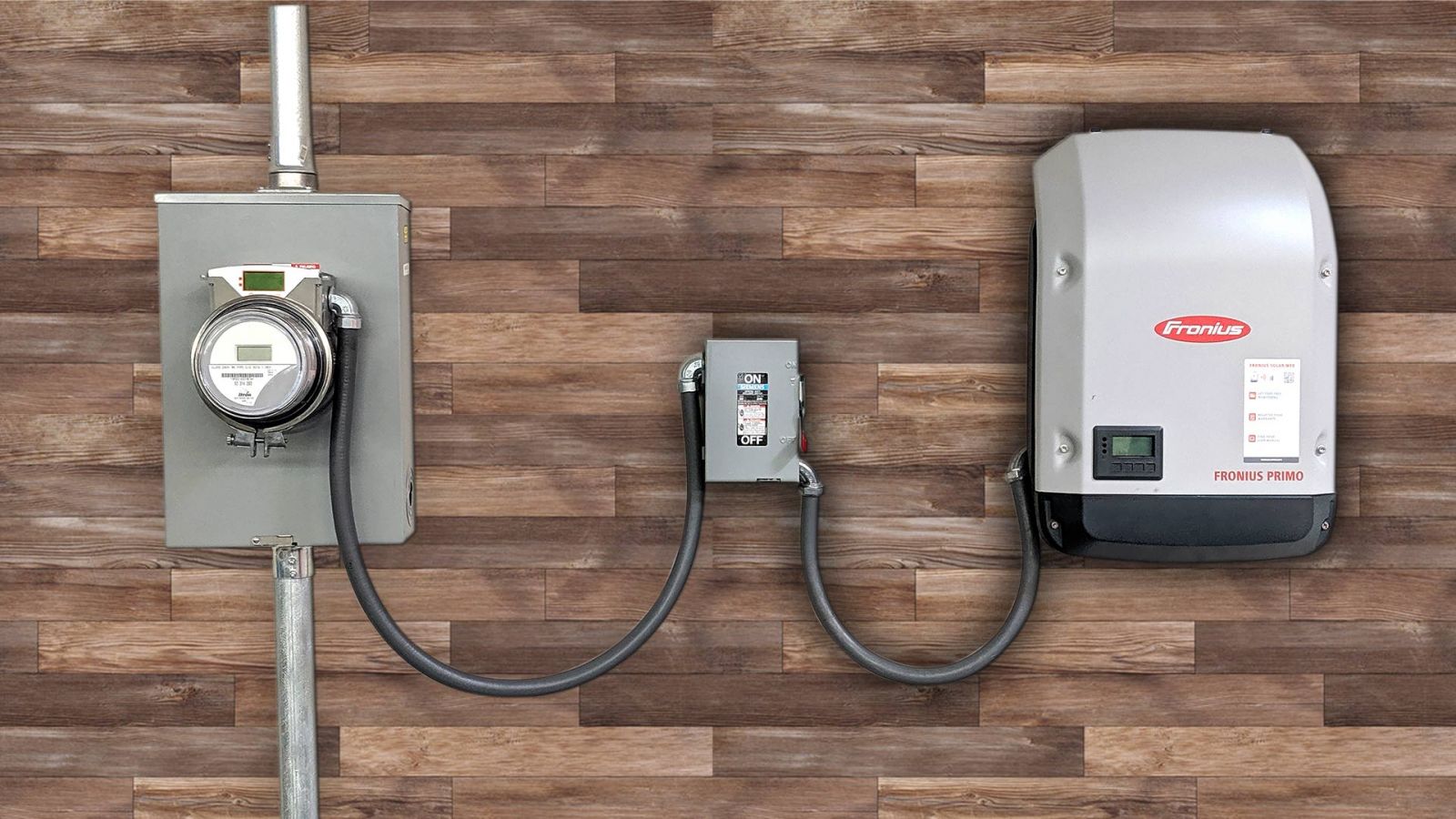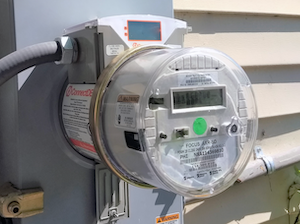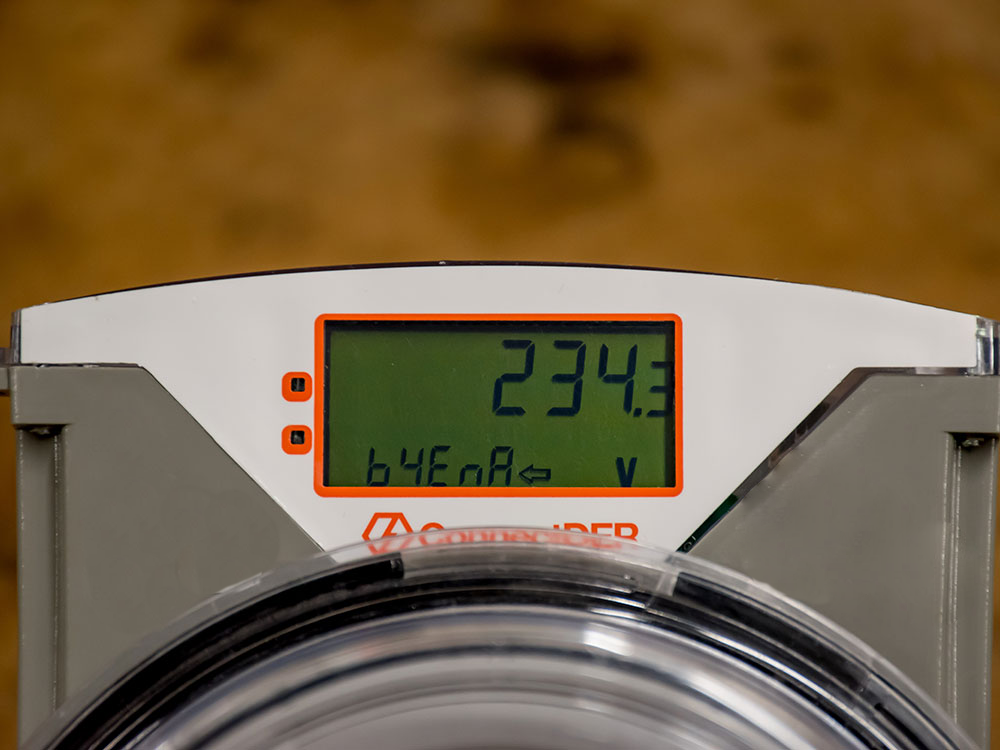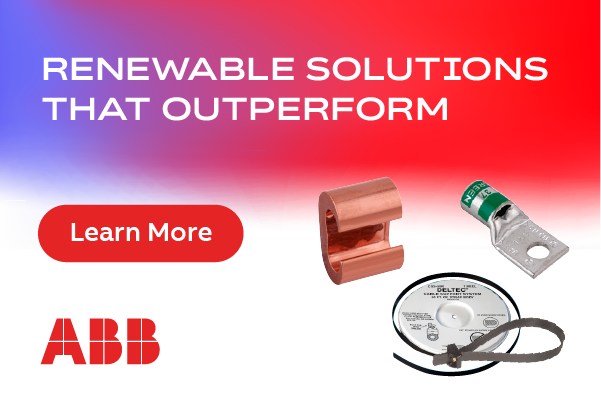The Challenge of Electrifying the Modern Home
We live in a world vastly different from even a few years ago. Homeowners and commercial business operators are increasingly concerned about climate change, grid reliability problems, 1,000-year storms every year, record numbers of damaging hurricanes, wildfires, and rising electricity costs. Many ratepayers fall victim to sustained power outages from weather events, rolling blackouts, and even a lack of sufficient generating capacity when the grid is stressed. Adding to all of this, living in a post-COVID world (with increased work from home and perhaps more home schooling) will make us increasingly vulnerable to grid reliability, impacting the entire family's productivity.

As a result, homeowners and businesses have already embraced distributed energy resource (DERs) systems - principally home solar or small solar fields - to create what are effectively mini-grids and/or micro-grids. In fact, research forecasts that U.S. distributed solar installations will almost double from today's roughly two million by 2022, and residential, commercial, and industrial energy storage systems will grow by orders of magnitude.
But to make this transformation convenient, effective, and safe, ratepayers need the help and cooperation of their local distribution utility. Virtually all homes and facilities will remain connected to the grid via the transmission and distribution systems for the foreseeable future, certainly to maintain backup power. At the same time, they will need systems that accommodate partial or fully-sufficient solar installations, as well as integrated energy storage systems, smart appliances, home EV chargers, and other options not yet in existence but on the horizon. They and their utilities will also need increasing amounts of information, delivered instantly, to support energy efficiency, demand response, and lower energy costs.
 Unfortunately, most existing home and commercial electric meters installed by utilities don't lend themselves to installing solar energy, EV charging, fuel cells, or energy storage. Worse still, when the grid fails, most homes cannot even make use of their DER resources that run in parallel to the grid and don't allow for islanding. Most meter manufacturers simply didn't imagine the locally-electrified world in which we already live, and utilities' planning, purchasing, and operational worlds didn't include massive numbers of ratepayer-located DER installations. As a result, homeowners are often left with unexpected installation costs - often thousands of dollars - to keep their homes safely connected to the grid. Utilities are left with a growing fleet of DERs dumping power into a grid that is not ready to handle it. Those utilities that don't find ways to solve these challenges are sure to run into grid management issues and frustrated ratepayers.
Unfortunately, most existing home and commercial electric meters installed by utilities don't lend themselves to installing solar energy, EV charging, fuel cells, or energy storage. Worse still, when the grid fails, most homes cannot even make use of their DER resources that run in parallel to the grid and don't allow for islanding. Most meter manufacturers simply didn't imagine the locally-electrified world in which we already live, and utilities' planning, purchasing, and operational worlds didn't include massive numbers of ratepayer-located DER installations. As a result, homeowners are often left with unexpected installation costs - often thousands of dollars - to keep their homes safely connected to the grid. Utilities are left with a growing fleet of DERs dumping power into a grid that is not ready to handle it. Those utilities that don't find ways to solve these challenges are sure to run into grid management issues and frustrated ratepayers.
Luckily, emerging technologies are working to solve these interconnection and data sharing challenges for homeowners. In some cases, the DER technology provider manages the interconnection and sells data to the utility. In other cases, the utilities can install innovative, low-cost technologies like meter collars to capture data and reduce the cost to the homeowner. If we are to truly empower the homeowner, and advance this energy revolution while ensuring seamless integration with the grid, we need to think of these generation assets as appliances, no different than your refrigerator or HVAC system. The best way we've seen this addressed is at the meter. An electricity meter collar adapter can unlock the massive potential of DERs by turning the meter socket into the utility's all-in-one plugin point for solar, storage, electric vehicles and more. By utilizing what's already on the side of everyone's home (the meter socket), a meter collar takes away the need for expensive installations and upgrades just to stay safely connected to the grid and gives utilities a reliable and secure data link with DERs once they're installed. It makes sense to use a system that is easily adopted and integrated into existing homes, other facilities, and applications. "Plug and play" devices are easy to install, integrate with utilities' communications systems, and work universally across solar, storage, EV's and even applications that have yet to come to market.

Local utilities can add value and enable DERs for their ratepayers by offering comprehensive interconnection options. As technology like this continues to grow, it can become, in effect, a "clearing house" for a much more distributed energy landscape. The world of distributed energy resources and a cleaner energy economy is already here. Both utilities and homeowners can greatly benefit from this and other technologies enabling greater clean, zero-carbon energy adoption.
Daniel Goldman serves on the board of ConnectDER, a meter collar adapter startup, and is the co-founder and managing director of Clean Energy Ventures, a venture capital firm investing in climate tech startups that can mitigate the effects of climate change while providing strong venture capital returns.
ConnectDER | www.connectder.com
Author: Daniel Goldman
Volume: 2021 March/April








